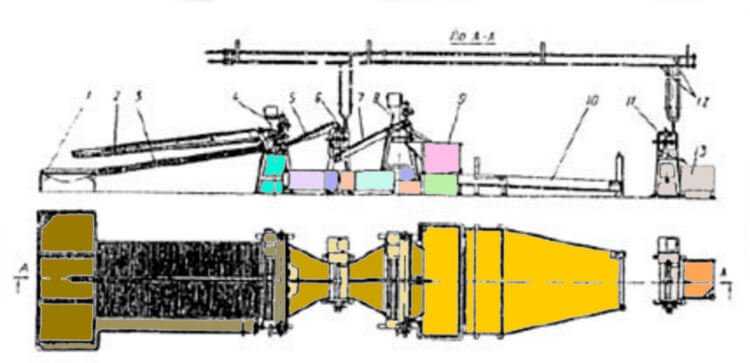Capacitive level meters and level switches
Level measurement devices can be quite different.
Capacitive level meters and level switches are the most promising among electrical transducers. Their principle of operation is based on the dependence of the sensor capacity on the level of liquid or bulk materials in the tank.
A capacitive transducer is an electric capacitor whose capacity varies depending on the change in the dielectric constant between two electrodes (linings). If some liquid or bulk material appears between the two electrodes instead of air, i.e., is filled with a dielectric with a certain dielectric constant, the capacity of such a capacitor will change.
The capacitive level gauge consists of a measuring electrode (1), which together with a metal case (2) form a capacitor, connecting wires, a measuring unit (3), and a display device (4). Changes in the liquid level in the tank lead to changes in the liquid level of the dielectric between the electrodes (1) and (2), which leads to changes in the sensor capacity, which includes C1 and C2.
To measure the level, unbalanced inductive-capacitive bridges are used, with a capacitive converter included in one of the arms. Such bridges are powered by high-frequency generators, and the device is included in the measuring diagonal. The industry produces capacitive level gauges of the EU-2, RUS, etc. types. They can operate in explosive areas. 
The device of the RUS type has a standardized output of 0-5; 0-20 and 4-20 mA. Capacitive level switches are simpler in structure than level gauges, this is a generator-relay circuit that is triggered when the liquid approaches the transducer electrode.
To operate in aggressive environments, the measuring electrodes are coated with an appropriate protective substance (fluoroplastic, plastic, etc.). The industry produces capacitive alarms of the following types: SUS-2; ROS; MESU, etc.


